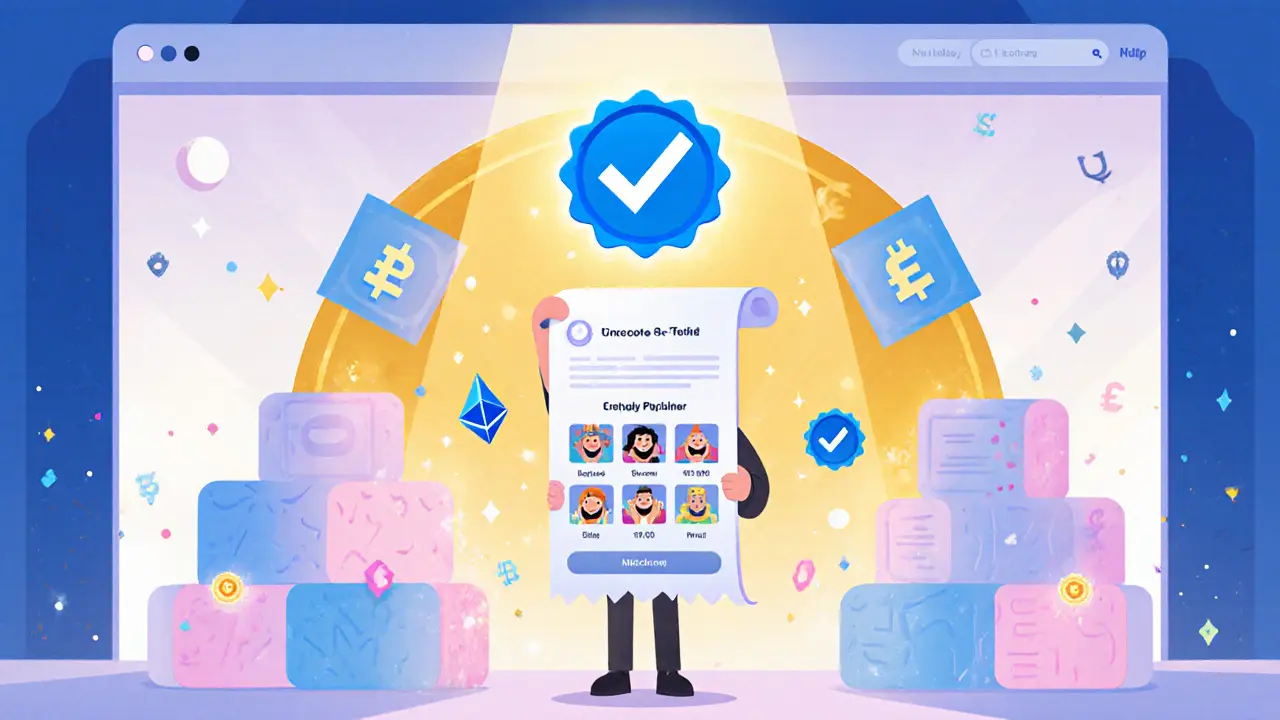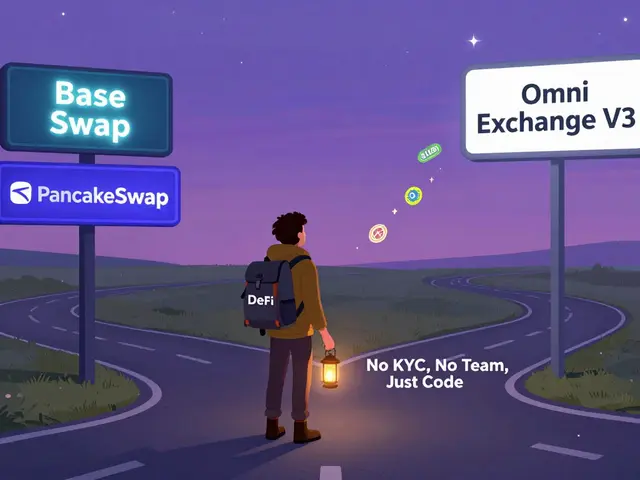Understanding NFT Marketplaces
When diving into NFT marketplaces, online venues where unique digital assets are bought, sold, and showcased. Also known as digital collectible exchanges, they act as the bridge between creators and collectors, turning artwork, in‑game items, and moments into tradable tokens.
NFTs, non‑fungible tokens that represent ownership of a distinct piece of data on a blockchain are the core product of these platforms. Blockchain, a decentralized ledger that secures token provenance and transaction history provides the trust layer that makes peer‑to‑peer trading possible without a central authority. The relationship is clear: NFT marketplaces encompass NFT trading, rely on blockchain security, and enable crypto collectors to monetize unique assets. At the same time, DeFi, decentralized finance protocols that offer lending, staking, and yield features is increasingly integrated, letting users earn returns on idle collectibles.
Why NFT Marketplaces Matter for Creators and Collectors
Creators launch their work on platforms that support minting, royalties, and community building. A marketplace that offers low‑fee minting and automatic royalty splits attracts artists looking for sustainable income. Collectors, on the other hand, look for transparent pricing, liquidity, and tools to verify authenticity—features that stem from the underlying blockchain’s consensus mechanism. Recent trends show a surge in play‑to‑earn games, where in‑game items like weapons, skins, or characters become tradable NFTs. This convergence of gaming and finance fuels demand for marketplaces that support fast transactions and cross‑chain bridges.
Our tag collection reflects these dynamics. You’ll find deep dives into the VerseWar VERSE token airdrop, how play‑to‑earn NFTs are shaping new economies, and safety checklists for navigating airdrop scams. Articles also cover crypto‑friendly jurisdictions, mining‑friendly countries, and tax considerations—topics that matter when you turn NFT profits into real‑world cash.
Beyond the hype, practical tools matter. Look for platforms that provide AI‑assisted price analytics, on‑chain data dashboards, and wallet integrations that simplify gas fee management. These features lower the barrier for newcomers and give seasoned traders the edge they need to spot undervalued assets before the crowd.
When choosing a marketplace, consider three key attributes: security (does the platform undergo regular audits?), liquidity (how many active buyers and sellers are there?), and community (does the platform foster engagement through events, airdrops, or exclusive drops?). Combining these factors helps you balance risk and reward, whether you’re buying a single art piece or building a diversified NFT portfolio.
In the sections below, you’ll uncover step‑by‑step guides, market analysis, and AI‑driven research tools that turn raw data into actionable insights. From verifying airdrop legitimacy to comparing gas costs across Ethereum and Layer‑2 solutions, the articles are curated to help you make smarter decisions in the fast‑moving world of NFT marketplaces.
Ready to explore the latest platforms, understand tokenomics, and avoid common pitfalls? Scroll down to see our curated list of posts that break down everything you need to know about buying, selling, and thriving in NFT marketplaces.
How NFT Marketplaces Verify Collections - Processes, Criteria & Best Practices
Learn how NFT marketplaces verify collections, from volume thresholds and manual reviews to emerging zero‑knowledge proof methods, plus step‑by‑step guides for OpenSea, LooksRare, and more.





